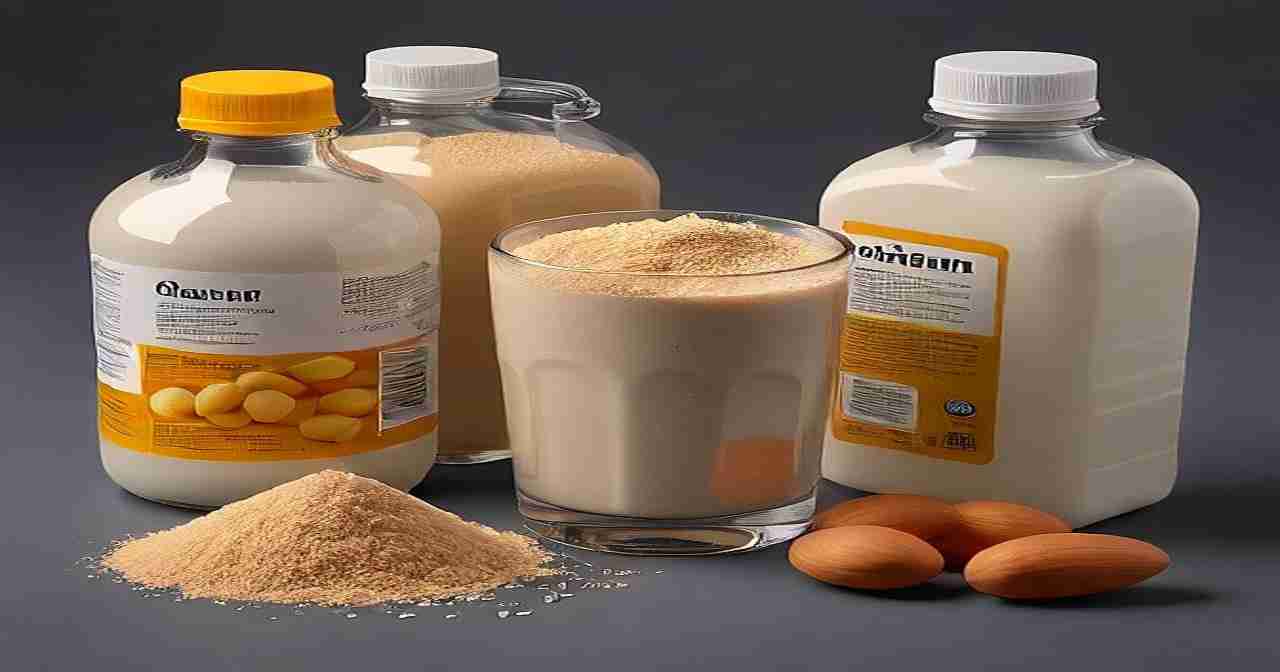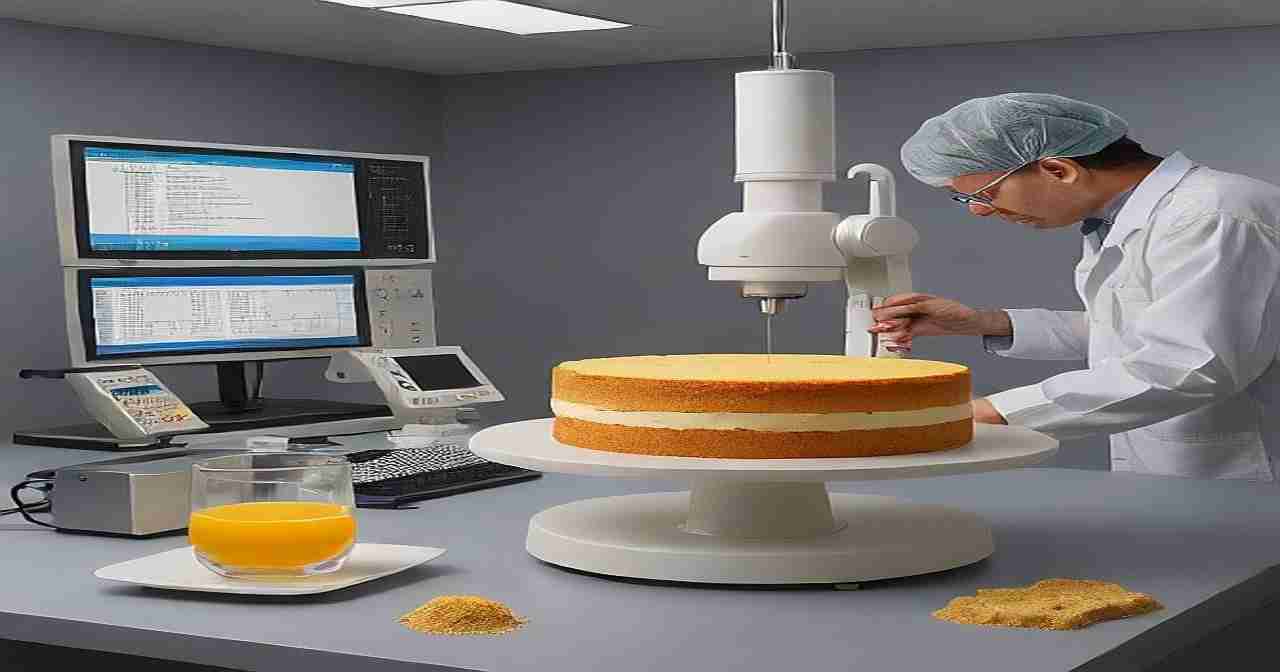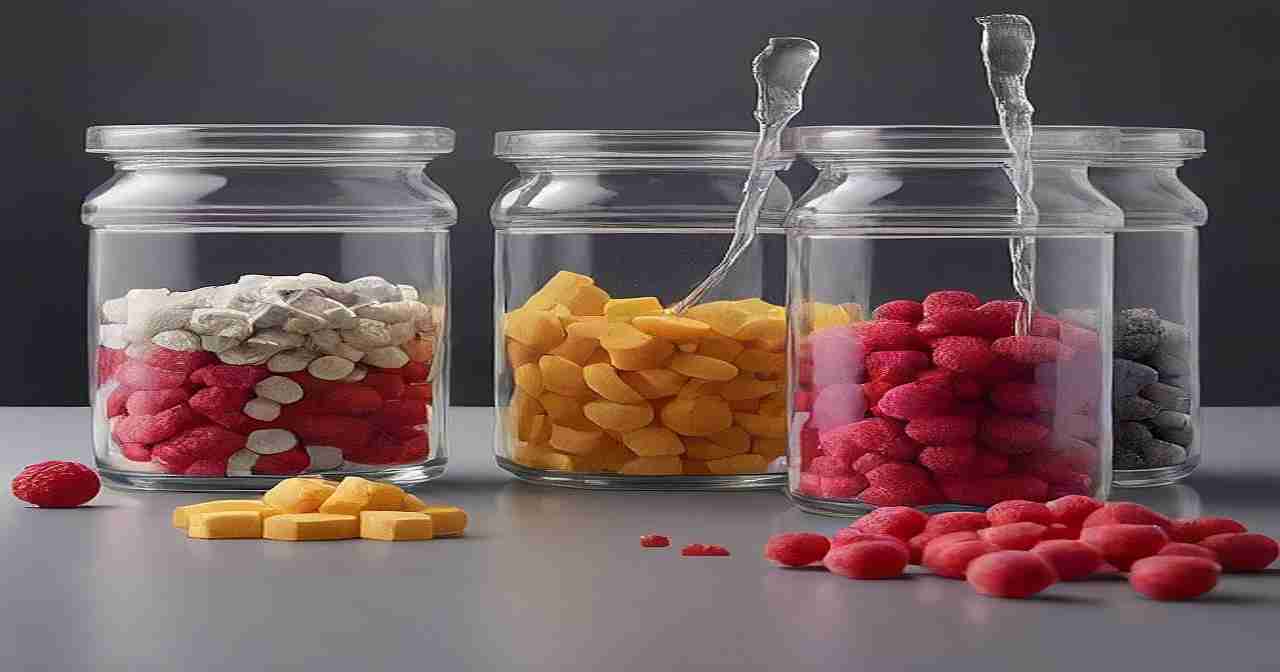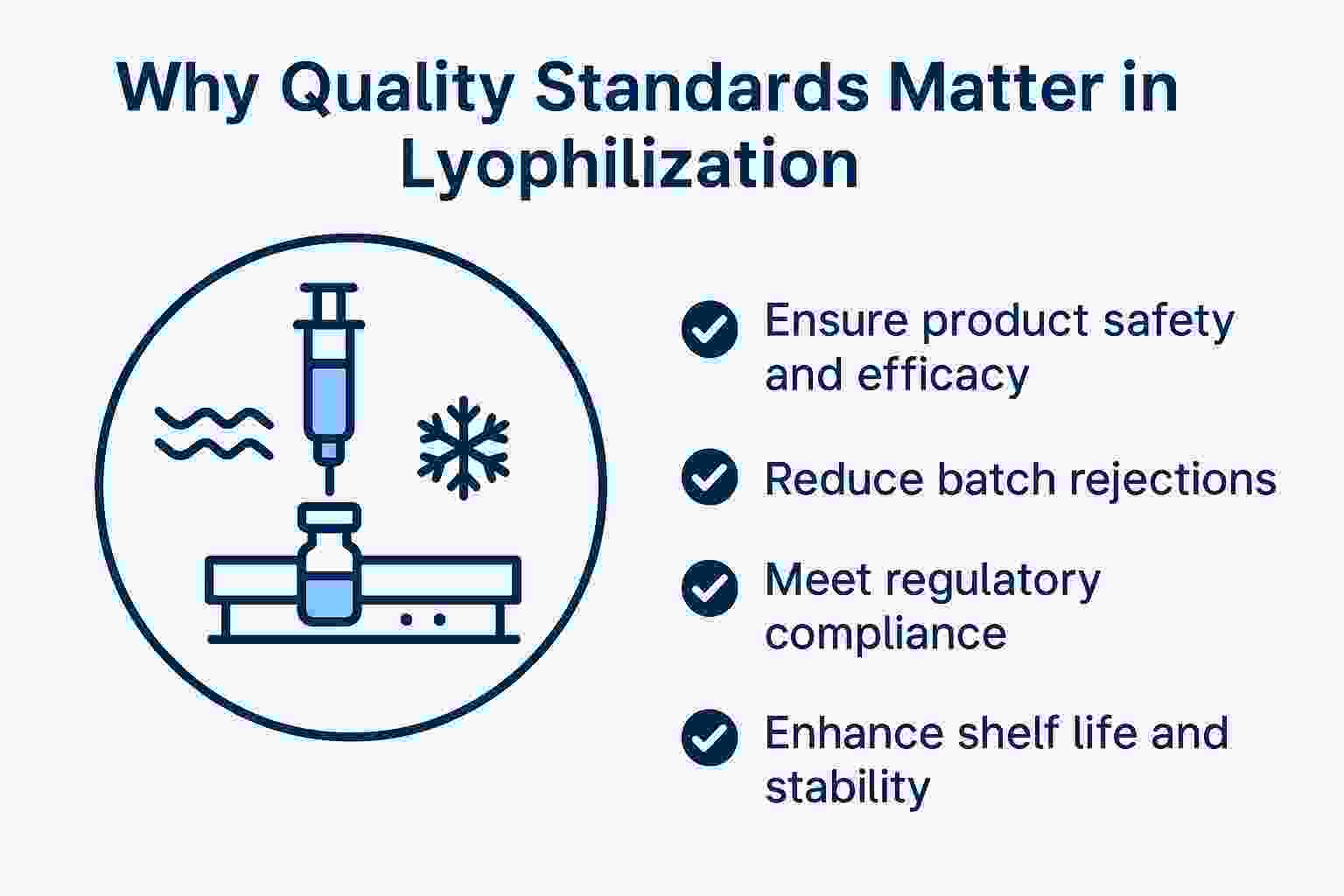Lyophilized product quality standards are an essential preservation technique used widely in the pharmaceutical and biopharmaceutical industries. It ensures the stability, sterility, and longevity of delicate biological products such as vaccines, injectables, and other heat-sensitive medications.
However, to maintain the therapeutic efficacy and safety of lyophilized products, adhering to stringent quality standards is vital.
This article explores the critical quality standards that govern lyophilized products, focusing on regulatory requirements, product and process parameters, testing protocols, and best practices in manufacturing.
1. Why Quality Standards Matter in Lyophilization
The lyophilization process is intricate and susceptible to numerous variables. From freezing to primary and secondary drying, every phase requires control to prevent product defects like shrinkage, meltback, or contamination. High-quality standards:
- Ensure product safety and efficacy
- Reduce batch rejections
- Meet regulatory compliance
- Enhance shelf life and stability
Read more about defect types in this detailed article:Defects in Lyophilized Product: A Complete Easy Guide
2. Key Quality Parameters for Lyophilized Products
To achieve consistent product quality, manufacturers monitor the following parameters:

- Appearance: Uniform, porous, cake-like structure with no cracks or shrinkage.
- Moisture Content: Ideally below 1-2%, depending on the product.
- Reconstitution Time: Quick dissolution upon adding the diluent.
- pH Stability: Consistent pH post-reconstitution.
- Sterility: Free from microbial contamination.
- Potency: Retention of therapeutic activity.
These indicators determine whether a batch meets acceptable quality standards.
3. Critical Process Controls and Monitoring
Maintaining tight control over freeze-drying conditions is essential. Important parameters include

- Freezing Rate: Controls ice crystal size; affects cake structure.
- Shelf Temperature: Regulated during each drying stage. Learn more in Freeze-Drying Process Parameters
- Chamber Pressure: Should be kept under vacuum to enhance sublimation.
- Primary & Secondary Drying Duration: Must be optimized based on product composition.
- Dry Layer Resistance: A key performance metric. Read: Dry Layer Resistance During Primary Drying
4. Good Manufacturing Practices (GMP) for Lyophilized Products
Compliance with GMP ensures that products are consistently produced and controlled. GMP requirements for lyophilized products include:

- Validated Equipment: Regular performance testing, including Operational Qualification
- Environmental Monitoring: Controlled Room Conditions. Details here:Lyophilization Room Requirements
- Personnel Training: Skilled operators with process knowledge
- Cleaning Validation: Use CIP systems. See: Clean-In-Place in Freeze Drying
5. Product Testing and Qualification
Quality assurance involves multiple stages of testing:

- Moisture Testing: Karl Fischer or Near-IR spectroscopy
- Cake Integrity Check: Visual and tactile inspection
- Sterility Tests: Ensure microbial control
- Stability Testing: Simulate long-term storage conditions
- Reconstitution Assessment: Covered in detail here: How to Reconstitute Lyophilized Drug Products
6. Energy Efficiency and Environmental Impact

Quality also involves operational efficiency. Optimized energy usage reduces costs and environmental burden. Discover more in Energy Efficiency in Lyophilization
7. Commissioning and Validation of Freeze Dryers
Before production begins, freeze-dryers undergo commissioning and validation to ensure performance:
- Installation Qualification (IQ)
- Operational Qualification (OQ)
- Performance Qualification (PQ)
Learn about best practices:Commissioning of Lyophilization Units and Lyophilizer Qualification Guidelines
8. Common Defects and Prevention
Even with stringent controls, defects can occur:
- Meltback: Caused by improper stoppering
- Cake Shrinkage: Due to high shelf temperature
- Particle Contamination: From packaging or environment
Understanding and mitigating these defects is essential. Refer to Lyophilized Drug Stability and Lyophilization Troubleshooting Guide
9. Regulatory and Compliance Standards
Lyophilized products must meet regulations from authorities like
- US FDA: 21 CFR Part 211
- EU GMP: Annex 1 for sterile products
- ICH Guidelines: Q8 (R2), Q9, Q10 for pharmaceutical quality
Helpful resource: Regulatory Compliance for Lyophilized Products
10. Future Trends and Continuous Improvement
Innovations are driving new benchmarks in lyophilization quality, such as:
- PAT (Process Analytical Technology)
- Automated Loading/Unloading Systems
- AI for Freeze Dryer Optimization
- New Biopharmaceutical Applications (Applications of Freeze-Drying in Biopharmaceuticals)
Continuous process improvement is not just a regulatory requirement but a business advantage.
Conclusion
Maintaining high-quality standards in lyophilized products is non-negotiable for pharmaceutical safety and efficacy. By focusing on process control, compliance, validation, and defect prevention, manufacturers can deliver products that meet regulatory expectations and safeguard patient health.
For further reading on process monitoring and testing, explore:
✅ FAQs: Lyophilized Product Quality Standards
Q1. What are the key quality parameters for lyophilized products?
A1. Key parameters include appearance, residual moisture, cake integrity, reconstitution time, pH stability, and sterility.
Q2. Why is process validation important in freeze-drying?
A2. It ensures reproducibility, safety, and compliance with regulatory standards. It also helps identify potential risks or defects.
Q3. What causes shrinkage or meltback in a lyophilized cake?
A3. These defects are usually caused by improper shelf temperatures, incorrect drying times, or early stoppering.
Q4. How can manufacturers prevent contamination in lyophilized vials?
A4. By using validated cleanroom environments, HEPA filtration, CIP systems, and monitoring equipment for extractables and leachables.
Q5. Which international standards apply to lyophilized product manufacturing?
A5. Key standards include US FDA 21 CFR Part 211, EU GMP Annex 1, ICH Q8/Q9/Q10 guidelines, and ISO temperature mapping requirements.

